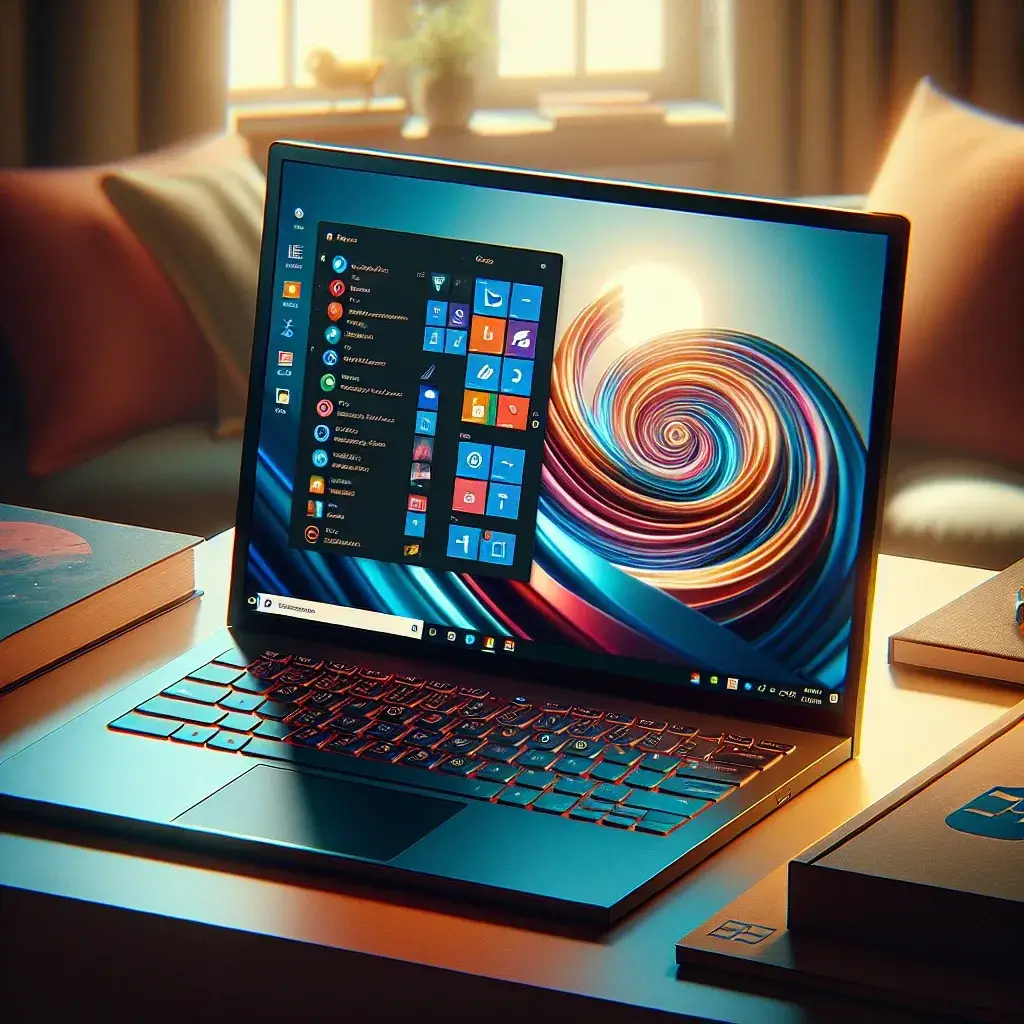Introduction
Setting up a new laptop can be both exciting and overwhelming, especially with the latest Windows 11. This operating system brings a sleek design, new features, and improved performance. In this article, we will guide you through the essential steps on how to set up your new Windows 11 laptop for optimal use, ensuring you get the best experience right from the start.
Step 1: Unboxing Your New Laptop
Before diving into the software, let’s start with the physical setup. Unbox your laptop carefully and ensure you have all the components, including the charger and any manuals. Place your laptop on a flat, stable surface.
Check the Contents
- Laptop
- Charger
- User manual
- Warranty information
Step 2: Initial Boot and Language Settings
When you power on your laptop for the first time, you will be greeted with a welcome screen. Follow these steps:
- Select your preferred language.
- Choose your region.
- Connect to Wi-Fi: Ensure you are connected to the internet to download updates during the setup process.
Step 3: Microsoft Account Setup
Windows 11 encourages users to sign in with a Microsoft account. This step is important for saving settings and accessing services like OneDrive. If you do not have a Microsoft account, you can create one during the setup.
Benefits of a Microsoft Account
- Saves preferences and settings across devices.
- Access to Microsoft services like Office and Outlook.
- Enhanced security features like two-factor authentication.
Step 4: Personalizing Your Settings
Once logged in, Windows 11 will guide you through personalizing your laptop. Here are key settings to consider:
Privacy Settings
Review the privacy settings to control what data is shared:
- Location settings
- Diagnostic data
- App permissions
Themes and Backgrounds
Customize the look of your laptop by selecting themes, backgrounds, and color schemes that you prefer. You can do this by:
- Right-clicking on the desktop.
- Selecting ‘Personalize.’
- Choosing ‘Background’ to change the wallpaper.
Step 5: Install Essential Software
Now that your laptop is personalized, it’s time to install essential software. Here are some must-have applications:
- Web Browser: Although Edge comes pre-installed, consider alternatives like Chrome or Firefox.
- Office Suite: Install Microsoft 365 or any alternative productivity suite.
- Antivirus Software: Ensure your laptop is protected with reputable antivirus software.
- File Management: Consider using tools like WinRAR or 7-Zip for file compression.
Step 6: Update Windows
Keeping your operating system updated is crucial for security and performance. To check for updates:
- Open ‘Settings’ from the Start Menu.
- Select ‘Windows Update.’
- Click on ‘Check for updates.’
Install any available updates to ensure your laptop runs smoothly.
Step 7: Configure System Settings
To optimize the performance of your laptop, consider the following system settings:
Storage Sense
Enable Storage Sense to automatically free up space by removing unnecessary files:
- Go to ‘Settings.’
- Click ‘System’ and then ‘Storage.’
- Turn on ‘Storage Sense.’
Battery Settings
For laptops, battery performance is vital. Adjust your battery settings to extend battery life:
- Go to ‘Settings.’
- Select ‘System’ and then ‘Power & battery.’
- Configure battery saver settings.
Step 8: Create Backup and Restore Points
Backing up your data is essential. Windows 11 offers several ways to create backups. One effective method is to set up File History:
- Connect an external drive.
- Go to ‘Settings.’
- Select ‘Update & Security’ and then ‘Backup.’
- Turn on ‘Automatically back up my files.’
Step 9: Explore Windows 11 Features
Familiarize yourself with the unique features of Windows 11:
Snap Layouts
Efficiently manage your workspace by using Snap Layouts. Simply hover over the maximize button to see layout options.
Widgets
Access personalized news, weather, and calendar updates through the Widgets feature.
Virtual Desktops
Organize your workspace by creating multiple desktops for different tasks.
Step 10: Optimize Performance
For optimal performance, consider the following tips:
- Disable unnecessary startup programs through Task Manager.
- Regularly clean temporary files using Disk Cleanup.
- Monitor system performance in Task Manager and adjust as needed.
Conclusion
Setting up your new Windows 11 laptop for optimal use involves several steps, from initial boot to customizing settings and installing essential software. By following this guide, you will ensure that your laptop runs efficiently and suits your personal preferences. With the right setup, your Windows 11 experience can be both productive and enjoyable. Happy computing!

